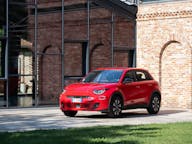Reviews
Skoda Enyaq iV electric car review
The Skoda Enyaq iV 85x Sportline is a compelling all-electric family SUV, offering generous space, impressive range, and a sporty design, all at a competitive price point compared to many rivals.
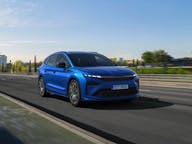
Ford Puma Gen-E car review
The Ford Puma Gen-E is a big (and exciting) moment in Ford’s move to electric. It’s the all-electric take on a car that UK drivers already love. Over 48,000 were registered in 2024, making it the country’s best-seller. Instead of...
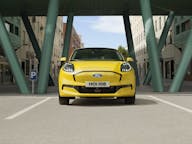
Peugeot e-2008 Review
The Peugeot e-2008 continues to blend the fun-to-drive nature of the e-208 with added space and practicality, now improved by recent updates that enhance its performance, range, and features.
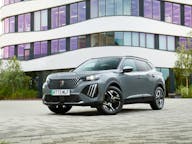
Peugeot e-208 electric car review
The Peugeot e-208 GT is one of the most stylish and well-equipped electric superminis on the market. With its striking design, refined driving experience, and competitive range, it stands out as a strong contender against rivals like the...
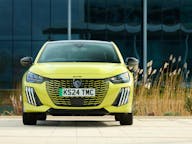
Volkswagen ID.4 Review
The Volkswagen ID.4 is one of the most accessible and versatile electric vehicles (EVs) on the market, and the Match Pro trim adds an impressive array of features that elevate the driving experience. With the option of a 52kWh or 77kWh...
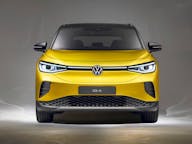
Cupra Born Review
Cupra has taken the Volkswagen ID.3 and made a few relatively small tweaks, with big results. The Born is a driver’s car.
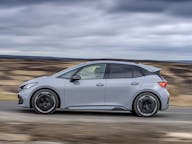
Volkswagen ID Buzz Cargo
Remember the flower-power symbol of the 60s? It's back, with a cargo box! The Volkswagen ID. Buzz Cargo blends retro charm with zero-emission practicality. But is it all sunshine and good vibes for the modern worker? Let's grab our hard...
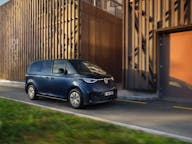
Peugeot E-3008 Review
The Peugeot E-3008 introduces bold new styling inside and out, as well as a larger, 73 kWh battery, which gives an electric driving range of 326 miles.
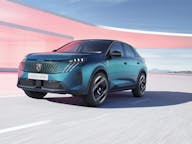
Volvo EX30 Review
The Volvo EX30 is a compact SUV, available in rear-wheel drive or all-wheel drive form, and it offers the most agile driving experience of any electric Volvo.
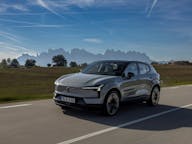
Fiat 600e review
The Fiat 600e offers the stylish retro-inspired design approach of the 500e city car, but with more space; it also has a comfortable ride, a decent range, and a relatively affordable price.
